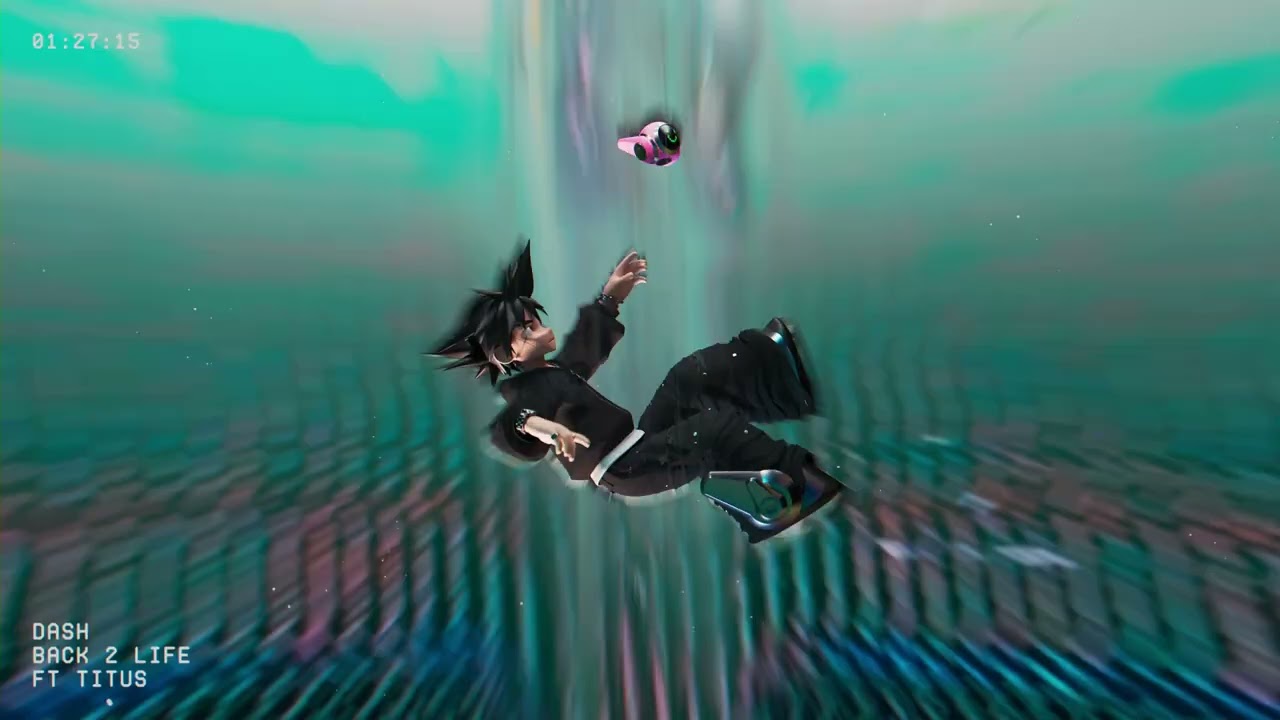Ikebukuro West Gate Park was originally slated for July 2020, but due to pandemic-related delays, premiered on October 6 via FUNimation. Ikebukuro West Gate Park, more commonly known as IWGP, started as a series of novels by renowned Japanese author Ira Ishida. It's seen several adaptations: from drama to manga, and finally now an anime adaptation. The series has gained a fairly large fanbase excited to see the animated version.
By watching the trailers alone, it's a little hard for prospective new viewers to tell what IWGP will be about, other than a group of boys who live in Ikebukuro and some ensuing gang tensions. But there's a reason why IWGP is one of the highly-anticipated series to come out. Here's what you need to know before watching it.
The Ikebukuro Novels
Written by Ira Ishida, IWGP is a series of mystery novels that began in 1997 and ended in 2009. The series follows a 20-year-old young man named Makoto Majima, known as the "Troubleshooter of Ikebukuro" because he gets pulled in as a mediator in gang conflicts. Makoto himself isn't affiliated with any gangs, choosing to shy away from that side of Ikebukuro, but it doesn't mean he doesn't have ties: one of his classmates, Takashi Ando, is the leader of the G-Boys. However, Makoto finds himself wrapped up in a murder-mystery and revenge when his girlfriend is raped and murdered. The novel series consists of several self-contained short stories of Makoto and his friends trying to solve the mysteries of Ikebukuro amidst a slowly brewing rivalry between the various gangs.
IWGP was the start of Ishida's prolific career: his debut series won the All Yomimono New Mystery Writer's Prize. Since then, Ishida's works have won several awards including the Naoki Prize for his novel 4teen. Ishida has been lauded for his stories' portrayal of the tumultuous transition from a youth into an adult.
Ikebukuro's Drama & Manga Adaptations
A live-action TV drama was produced in 2000. It was incredibly successful and became a launching pad for many rising young stars including Ken Watanabe (later nominated for an Academy Award for his performance in The Last Samurai), Tomoyo Nagase (lead singer of the rock group Tokio) and Tomohisa Yamashita (who later on became part of the idol group NEWS). Despite its violence, the series resonated a lot with those who watched when it first premiered and years later because these were things that were part of the fabric of their reality.
The drama sparked a manga adaptation, which ran for four volumes from 2004 to 2006. The manga took a lighter approach and didn't focus so much on the tensions between the gangs. It changed a few elements and characters as it went but kept the general spirit of IWGP. One of the key elements in both adaptations is that each episode/chapter seems to focus on unrelated storylines, and it isn't until close to the end of the series that all the plots come together.
Ikebukuro's Controversial Themes
Both the novels and subsequent adaptations encapsulate the darkness and violence that rocked the underbelly of Ikebukuro, back when gangs ruled the city. IWGP isn't for the faint-hearted: it's about yakuza, drug abuse, prostitution, rape, violence and murder, amongst other things. Previous adaptations were in gave a little more freedom in what could be seen on screen/paper, but it'll be hard to say how the anime will choose to animate certain scenes or if it'll choose to skip over them.
However, despite the controversial themes that the series speaks to, the novels and the adaptations make sure to balance the raw themes with humor, highlighting the close ties Makoto has with his friends. It didn't show just the dark side of people but also showed the good: personal loyalty and friendship between the characters.


